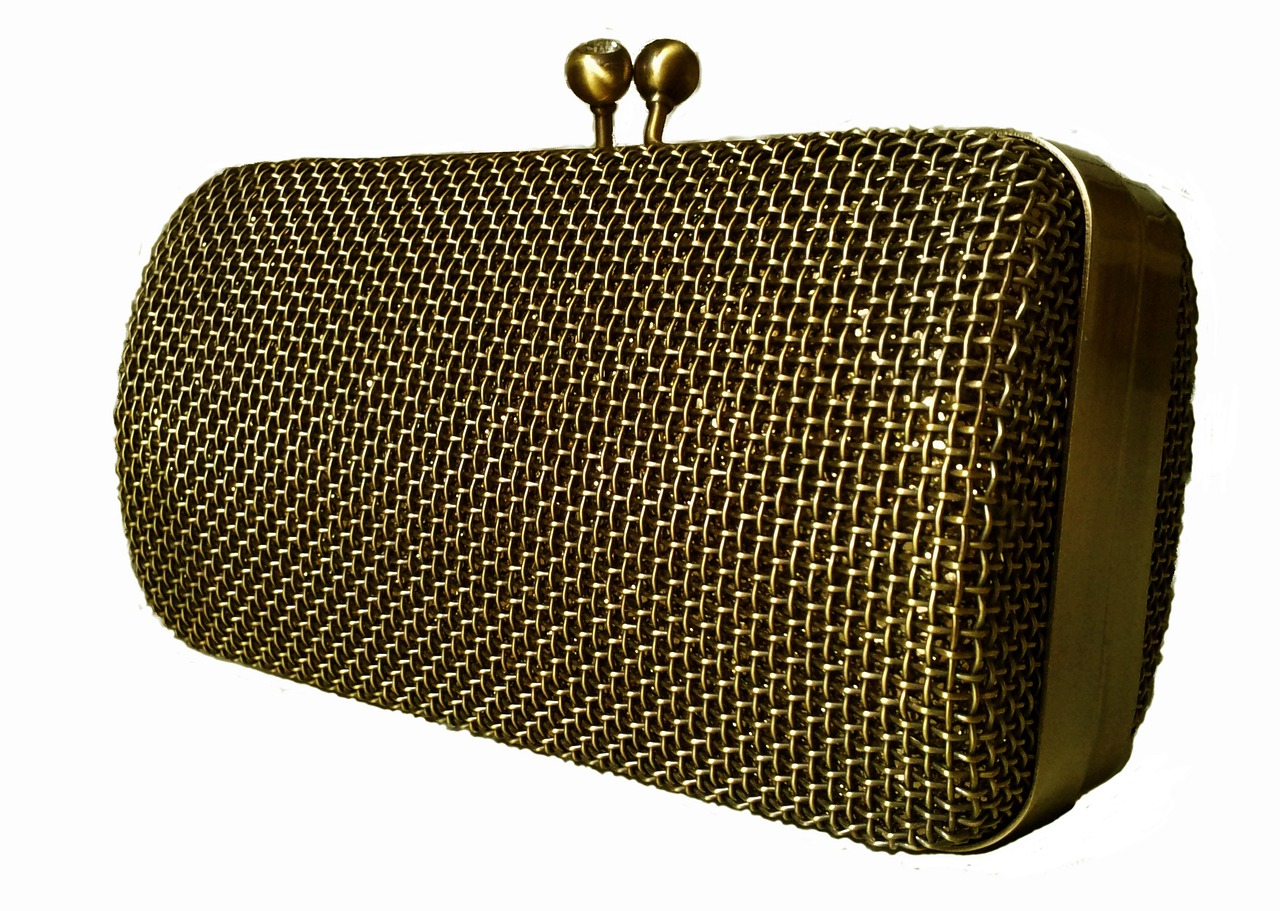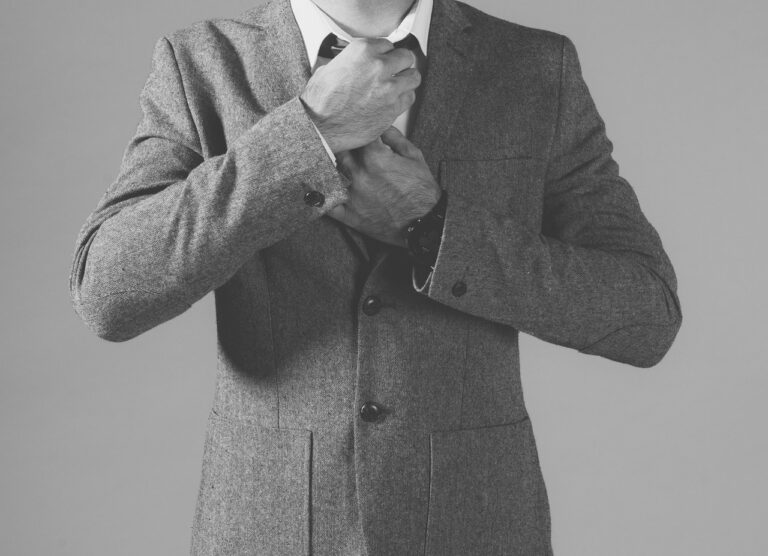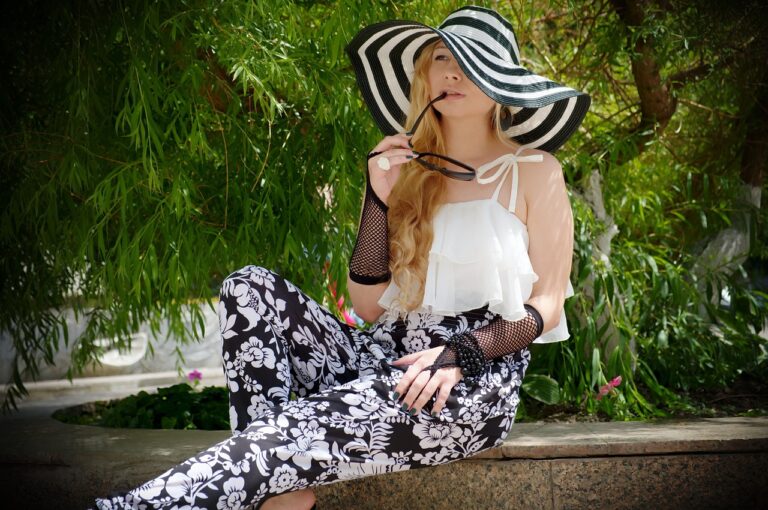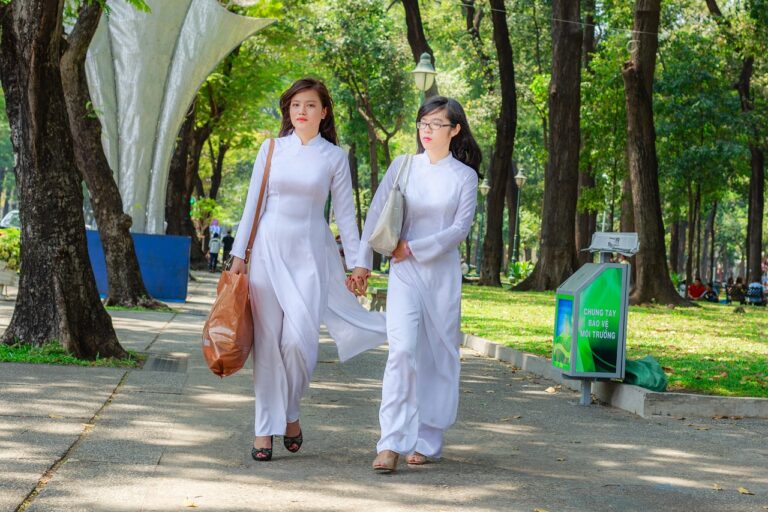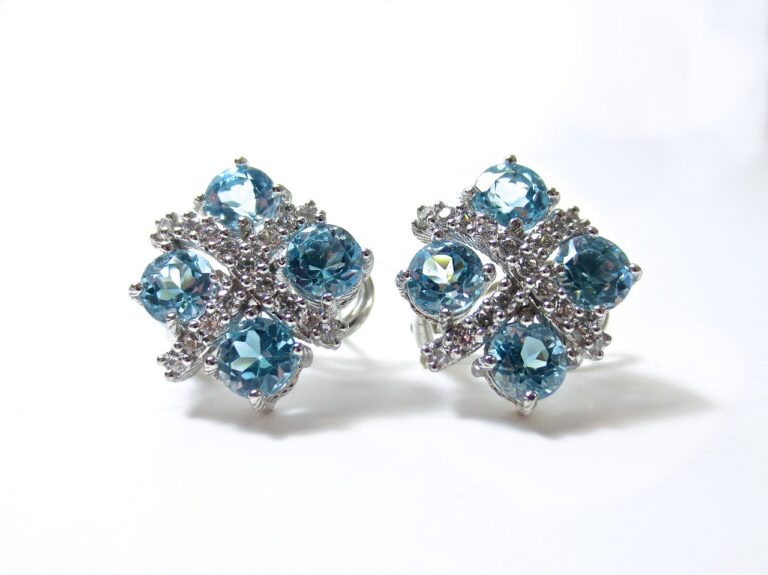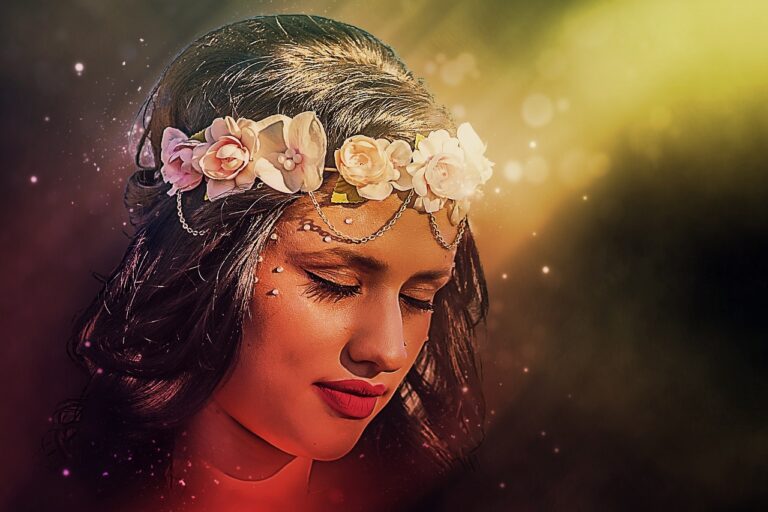Fashion Psychology: How Clothing Affects Mood and Behavior
Clothing choices are often influenced by a myriad of factors, ranging from personal preferences to societal norms. One significant factor that shapes our decisions is culture. Different cultures have their own unique styles and dress codes, which dictate what is considered appropriate or fashionable attire. For example, traditional clothing in certain cultures may hold symbolic meaning and be worn during specific occasions.
Additionally, the media plays a crucial role in influencing clothing choices. Fashion trends showcased in magazines, on social media platforms, and on television influence what individuals perceive as stylish and desirable. Celebrities and influencers often serve as fashion icons, setting trends that many people aspire to imitate. Consequently, individuals may feel compelled to align their clothing choices with current trends to feel fashionable and up-to-date.
The Connection Between Clothing and Self-Expression
When we choose what to wear each day, we are making a statement about ourselves without saying a word. Our clothing serves as a unique form of self-expression, allowing us to convey our personality, mood, and even our beliefs to the world. Whether we opt for bold and vibrant colors or stick to classic and understated pieces, our fashion choices play a significant role in how we present ourselves to others.
Moreover, our clothing can also influence our own emotions and attitudes. The colors, styles, and fabrics we select can impact how we feel about ourselves and how we carry ourselves throughout the day. For example, wearing a sharp suit may make us feel confident and powerful, while slipping into a cozy sweater might evoke feelings of comfort and relaxation. By choosing garments that resonate with us on a personal level, we can harness the power of clothing to enhance our self-esteem and mood.
Psychological Impact of Colors in Fashion
When it comes to fashion, colors play a crucial role in influencing our psychological perceptions. The colors we choose to wear can have a profound impact on how we feel about ourselves and how others perceive us. For example, wearing bright and vibrant colors can evoke feelings of happiness and energy, while wearing darker hues may convey a sense of sophistication or seriousness.
Furthermore, different colors are often associated with specific emotions or personality traits. For instance, red is commonly linked to passion and excitement, while blue is often associated with calmness and trustworthiness. By understanding the psychological implications of colors in fashion, we can use this knowledge to intentionally communicate our mood or personality through our clothing choices.
How do factors influence our clothing choices?
Factors such as personal preferences, cultural norms, societal trends, and mood can all influence our clothing choices.
How does clothing impact self-expression?
Clothing can be a powerful form of self-expression, allowing individuals to communicate their personality, values, and emotions through their fashion choices.
What is the psychological impact of colors in fashion?
Colors in fashion can have a significant psychological impact on both the wearer and those around them. Different colors can evoke different emotions and reactions, affecting mood and perception.
Can wearing certain colors affect our mood?
Yes, wearing certain colors can have a direct impact on our mood. For example, bright and vibrant colors are often associated with feelings of happiness and energy, while darker colors may evoke feelings of sadness or mystery.
How can we use the psychology of colors to our advantage in fashion?
By understanding the psychological impact of colors, individuals can strategically choose clothing colors that align with their desired mood or message they want to convey. This can help enhance self-confidence and create a strong impression.

